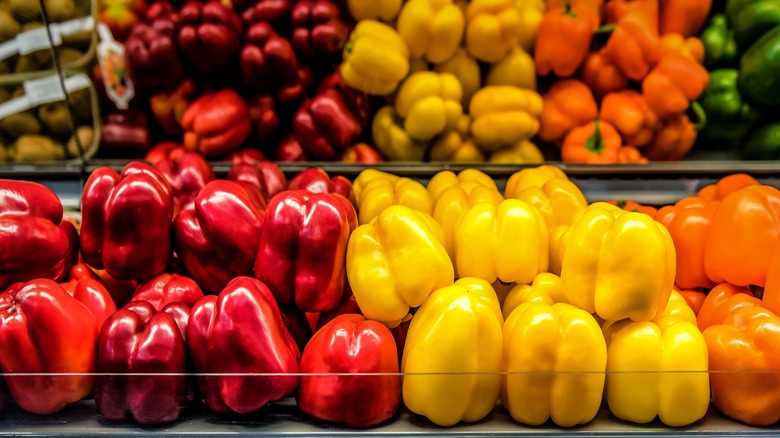Why Peppers Are Sometimes Considered Fruit
Thanks to their color, flavor, and versatility, peppers are an essential ingredient in many dishes from all over the world, but strictly speaking they are a fruit rather than a vegetable. The botanical classifications of fruits and vegetables have nothing to do with whether they taste sweet, savory, or spicy, which is why so many fruits are commonly mislabeled as vegetables. This scientific categorization describes the physical characteristics of peppers (or capsicum) and refers to the way the plant grows and spreads its seeds.
This rule applies to all different types of peppers regardless of their color or size, and there are thousands of varieties all over the world ranging from sweet and crunchy bell peppers to the many different types of spicy chile peppers. Peppers make up a crucial part of a wide range of recipes including soups, stir-fries, dips, salads, side dishes, and stews. They can be stuffed, pickled, grilled, stewed, or eaten raw — so, if you don't think you like peppers, maybe you simply haven't met the right one yet.
Botanical versus culinary classification
Scientists might class peppers as fruits, but chefs and home cooks generally prefer to use the culinary classification, which regards them as vegetables and has more to do with how they taste. We generally tend to think of fruits as sweet or tart, which is why they are perfect in recipes for puddings, desserts, smoothies, and cocktails. The flavor profile of peppers ranges from mild to spicy. And unripe or green bell peppers, which taste different than riper red, orange, or yellow peppers, are often added to recipes to impart a slightly bitter element.
The reason why it's important to have a botanical classification is to help scientists identify different or new varieties of peppers. The culinary definition has more to do with taste and practical use rather than nutritional composition, so the rules are more flexible. This is why you'll find peppers and chiles displayed with salad items and other vegetables rather than with fruits at the grocery store.

